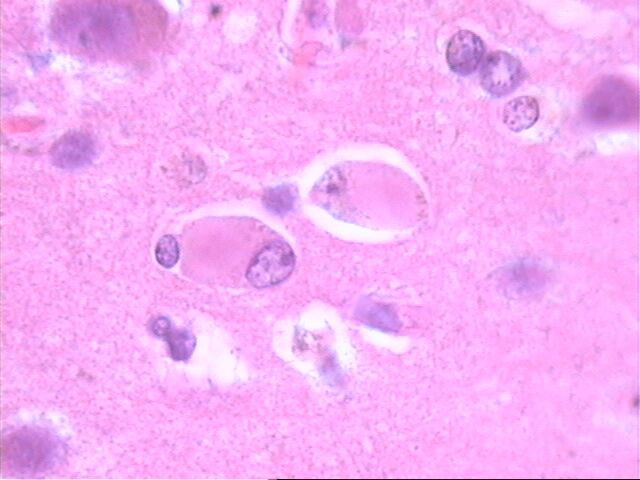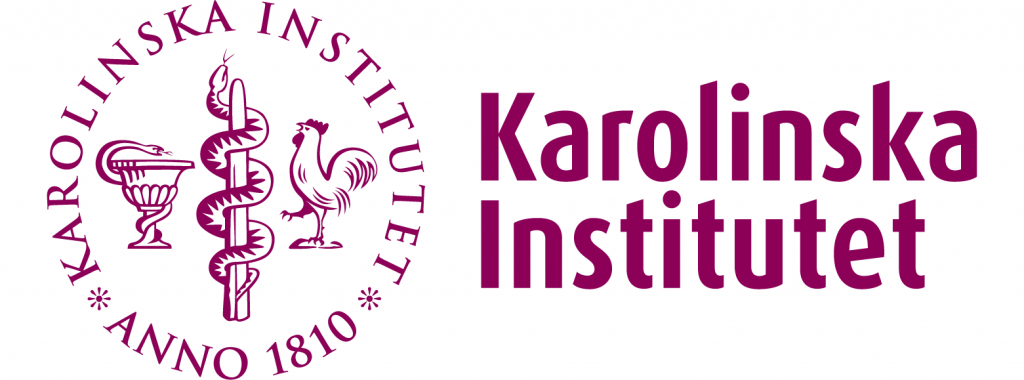Getting the right probiotic for your child – A cross post from Dr Sonya Doherty
The National Institute of Health is currently sequencing the genomes of the good strains of bacteria that live in the digestive tracts of human beings. These good strains of bacteria are responsible for a wide range of health benefits including regulating immune function, decreasing inflammation, breakdown of nutrients and conversion of vitamins to their active form.
One incredible finding the NIH has discovered is that the microbes that live in the digestive tract PLAY A CRITICAL ROLE IN POST NATAL DEVELOPMENT.
Key brain chemicals are produced and regulated with the help of good bacteria in the digestive tract. This may explain why children born via C-section have higher rates of developmental delay and inflammatory issues like eczema, asthma and allergies. 90% of serotonin is produced in the digestive tract. Serotonin is responsible for language development, sleep, appetite, mood, behaviour and sensory processing. Dopamine is also regulated in the digestive tract requiring activation of vitamins to ensure production and breakdown. Dopamine is required for fundamental brain function, processing of information, social and emotional interaction, attention and focus.
So, getting the right probiotic for your child is VERY IMPORTANT. Here is some information about some very important strains needed for healthy digestive function.
Bifidobacterium bifidum (lactis): Research on Bifidobacteria has established that these organisms enhance the assimilation of minerals such as iron, calcium, magnesium and zinc.
Bifidobacterium infantis: Bifidobacterium infantis is an important organism shown to stimulate production of immunomodulating agents such as cytokines. Bacteriocidal activity is also observed against such pathogens as Clostridia, Salmonella, and Shigella.
Lactobacillus acidophilus: L. acidophilus is one of the most important microorganisms found in the small intestines. It is well documented that L. acidophilus produces natural antibiotics like lactocidin, acidophilin which enhances resistance or immunity. L. acidophilus has known antimicrobial activity against Staphylococcus aureus, Salmonella, E.coli and Candida albicans.
Lactobacillus brevis: Lactobacillus brevis is a lactic acid producing organism important in the synthesis of vitamins D and K.
Lactobacillus GG: Culturelle is the only probiotic supplement containing Lactobacillus GG. The strain is resistant to stomach acid and bile, allowing it to survive its passage through the digestive tract and reach the large intestine intact. Lactobacillus GG acts against yeast and clostridia. It helps to breakdown gluten and casein.
Lactobacillus salivarius: Lactobacillus salivarius is important in normalizing the gut flora of those dealing with chronic bowel conditions and decreases inflammation in the digestive tract.
You can read the original article here.




